Ziegler’s Crocodile Newt
- March 15, 2024
- 0 comment
Ziegler’s Crocodile Newt (Tylototriton ziegleri) is a unique and fascinating species of salamander found in the mountainous regions of Southeast Asia. This species, named after the German herpetologist Thomas Ziegler, is notable for its distinctive appearance and habitat preferences. As an amphibian of significant conservation interest, Ziegler’s Crocodile Newt plays a crucial role in the biodiversity of its native habitats. This article delves into the biology, ecology, conservation status, and importance of Tylototriton ziegleri, providing a comprehensive overview of this remarkable species.
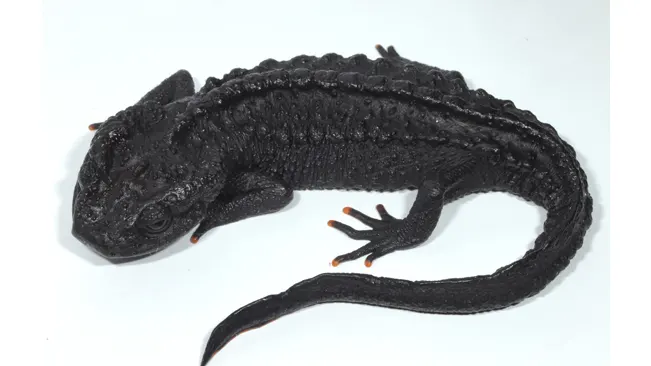
Ziegler’s Crocodile Newt Characteristics
| Category | Details |
|---|---|
| Scientific Name | Tylototriton ziegleri |
| Common Names | Ziegler’s Crocodile Newt |
| Classification | Kingdom: Animalia, Phylum: Chordata, Class: Amphibia, Order: Caudata, Family: Salamandridae |
| Size | Up to 20 centimeters in length |
| Weight | Varies with size, generally light due to amphibian nature |
| Lifespan | Can live up to 10-20 years in the wild, depending on environmental conditions |
| Habitat | Cool, humid mountainous regions with access to freshwater habitats such as streams and ponds |
| Distribution | Northern Vietnam and potentially neighboring regions in China |
| Diet | Carnivorous, mainly consuming worms, insects, and other small invertebrates |
| Behavior | Nocturnal and semi-aquatic. Known for its secretive nature, spending the day hidden under debris and being active at night |
| Reproduction | Breeds during the rainy season. Females lay eggs in water, which hatch into aquatic larvae |
| Conservation Status | Near Threatened due to habitat destruction, pollution, and collection for the pet trade |
| Conservation Efforts | Efforts include habitat protection, research on population status, and regulation of trade |
| Cultural Significance | Primarily of interest to conservationists, herpetologists, and nature enthusiasts. Plays a role in educational initiatives for amphibian conservation and biodiversity |
| Challenges | Habitat loss, pollution, illegal collection for the pet trade, and climate change pose significant threats to its survival |
Appearance
Coloration
This species exhibits a remarkable color scheme primarily characterized by a dark, earthy brown or black body. This dark base is contrasted with vibrant orange or red markings along its ridges, especially noticeable along the sides of its head, its vertebral line, and the tail. These vivid markings serve as a warning to potential predators about the newt’s toxicity.
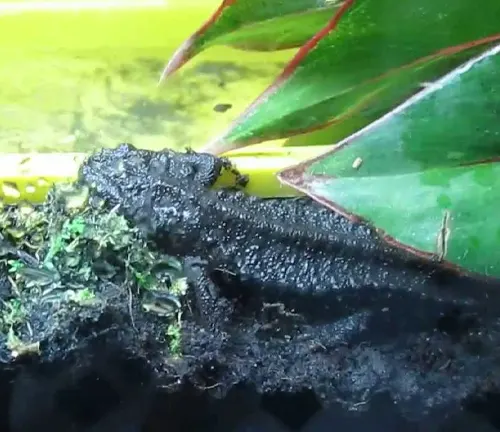
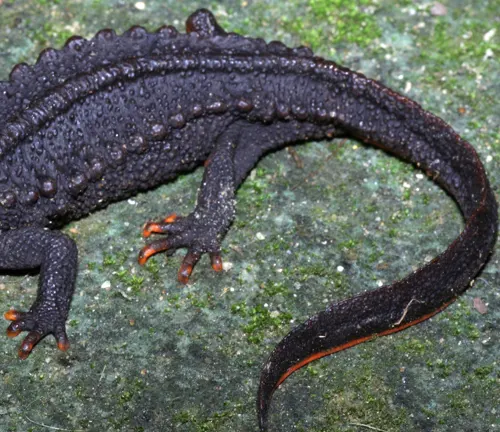
Limbs and Tail
It has well-developed, sturdy limbs that aid in its movement both in water and on land. The tail is laterally compressed, aiding in propulsion through water. The tail, along with the limbs, often features the same striking coloration as the body, contributing to the newt’s overall warning coloration.
Body Structure
The newt has a robust and slightly flattened body, which is well adapted to both terrestrial and aquatic environments. Its head is distinctively shaped, with a slightly pointed snout and prominent ridges above the eyes, which are thought to play a role in mating displays and territorial disputes.
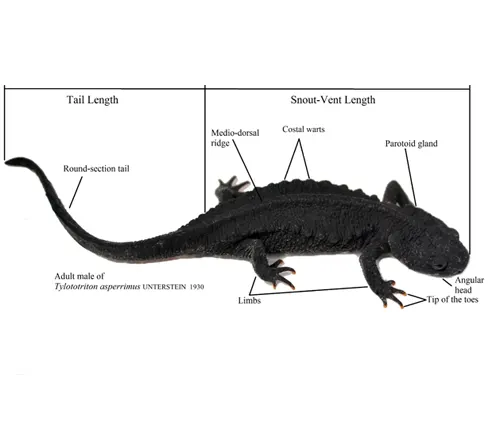
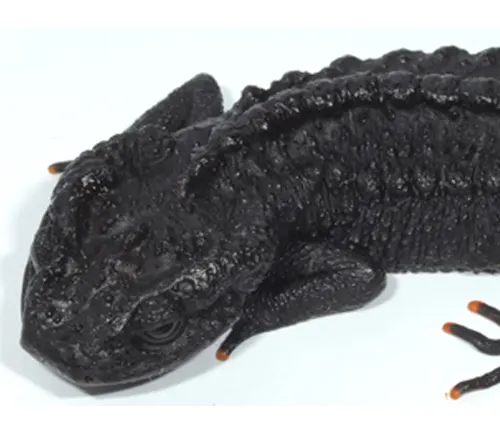
Skin Texture
True to its name, Ziegler’s Crocodile Newt has a skin texture that mimics the rough, granular surface reminiscent of a crocodile’s skin. This not only provides camouflage among the forest floor and aquatic vegetation but also adds to its formidable appearance.
Biology and Description
Ziegler’s Crocodile Newt is characterized by its striking appearance. Adults typically exhibit a dark brown to black coloration with bright orange or red markings along the ridges of their back and tail, which serve as a warning to potential predators about their toxic nature. They possess a robust and slightly flattened body, with a distinctively rough and granular skin texture, resembling the scales of a crocodile, hence the name. This species can reach lengths of up to 20 centimeters, making it one of the larger newt species.
The crocodile newt has a unique head shape with a slightly pointed snout and prominent ridges above the eyes, which are thought to play a role in mating displays and territorial disputes. Their limbs are well-developed, allowing for efficient movement both in water and on land, reflecting their semi-aquatic lifestyle.
Habitat and Distribution
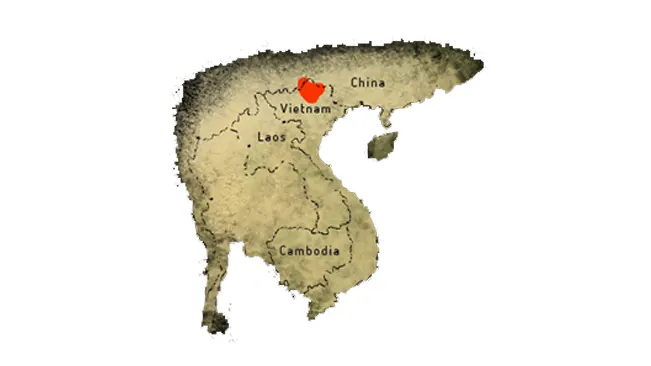
Ziegler’s Crocodile Newt is endemic to Southeast Asia, with populations primarily found in northern Vietnam and possibly extending into neighboring parts of China. They inhabit cool, humid mountainous regions, often at elevations ranging from 200 to 1000 meters above sea level. Their preferred habitats are forested areas with slow-moving streams, ponds, or marshes, which provide essential resources for their aquatic larval stage and terrestrial adult life.
Ecology and Behavior
Tylototriton ziegleri is a nocturnal species, active during the night when it hunts for its prey. Its diet consists mainly of small invertebrates, including worms, insects, and other small creatures found in their moist habitat. During the day, they seek refuge under rocks, in crevices, or buried in leaf litter to maintain moisture and avoid predators.
Reproduction in Ziegler’s Crocodile Newt occurs annually, timed with the onset of the rainy season, which provides optimal conditions for their aquatic larvae. Females lay eggs in water, where they adhere to vegetation or other substrates. The eggs hatch into aquatic larvae, which undergo a metamorphosis into terrestrial juveniles before reaching adulthood.
Nocturnal Activity
Ziegler’s Crocodile Newt is primarily active at night. This nocturnal behavior helps it avoid daytime predators and the heat of the day, which could potentially dehydrate it.
Semi-aquatic Lifestyle
This species is adapted to both land and water, spending significant time in each environment. Adults are often found in moist, terrestrial habitats but return to water bodies to breed.
Predation Technique
As a carnivore, it employs a sit-and-wait predation strategy. It remains still and camouflaged among leaf litter or near water until prey comes within reach, then quickly captures it using its tongue and mouth.
Seasonal Reproduction
Reproduction is closely tied to the seasonal cycle. Breeding usually occurs during the rainy season when water levels are higher, providing optimal conditions for the development of eggs and larvae.
Egg Laying
Females lay eggs in water, attaching them to aquatic vegetation or other substrates. This behavior ensures that the developing larvae are submerged and have immediate access to water upon hatching.
Territoriality
During the breeding season, males can become territorial and may display aggressive behaviors towards other males to defend their breeding sites.
Crypsis and Warning Coloration
The newt’s behavior includes remaining motionless when threatened, relying on its cryptic coloration to blend into the surroundings or its bright warning colors to deter predators.
Climbing Ability
Although primarily ground-dwelling, Ziegler’s Crocodile Newt has been observed climbing on low vegetation or rocks, likely in search of food or suitable breeding sites.
Hibernation/Aestivation
In response to unfavorable environmental conditions, such as extreme cold or dry periods, these newts may exhibit a form of dormancy to conserve energy until conditions improve.
Communication
While not extensively documented, like many amphibians, Ziegler’s Crocodile Newt may use visual and possibly chemical signals for communication, especially during the breeding season for mate attraction.
Conservation Status
The conservation status of Ziegler’s Crocodile Newt is currently listed as Near Threatened by the International Union for Conservation of Nature (IUCN). This classification is due to habitat destruction, pollution, and collection for the pet trade, which have significantly impacted their populations. Conservation efforts are crucial to ensure the survival of this species, including habitat protection, research, and regulation of trade.
Importance of Conservation
Conserving Ziegler’s Crocodile Newt is essential not only for the species itself but also for the biodiversity of its ecosystem. As a predator of invertebrates, it plays a significant role in controlling pest populations. Furthermore, as an indicator species, the health of Ziegler’s Crocodile Newt populations can provide valuable insights into the overall health of their habitats.
Different Species
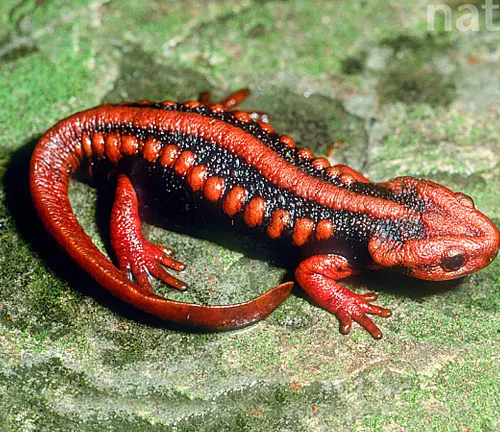
Tylototriton verrucosus – The Himalayan Newt or Crocodile Newt is known for its striking black and orange coloration, serving as a warning to predators of its toxicity. This species is found in the mountainous regions of South and Southeast Asia, thriving in cool, moist environments.
Tylototriton shanjing – The Emperor Newt or Mandarin Salamander is remarkable for its bright orange-red and black patterned skin, which is highly toxic to predators. Native to China, it inhabits forested and marshy areas, showing a strong preference for cool, clear waters.
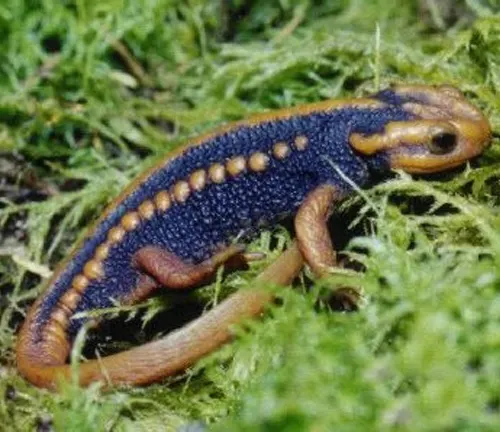

Tylototriton asperrimus – The Black Knobby Newt features a dark, granular skin with less prominent orange markings compared to its relatives. It is adapted to life in the cooler climates of Southeast Asia, often found near streams and ponds in forested areas.
Tylototriton vietnamensis – The Vietnamese Crocodile Newt is distinguished by its unique coloration and textured skin, making it a subject of interest in the pet trade. This species resides in the forested highlands of Vietnam, requiring clean, slow-moving waters for breeding.
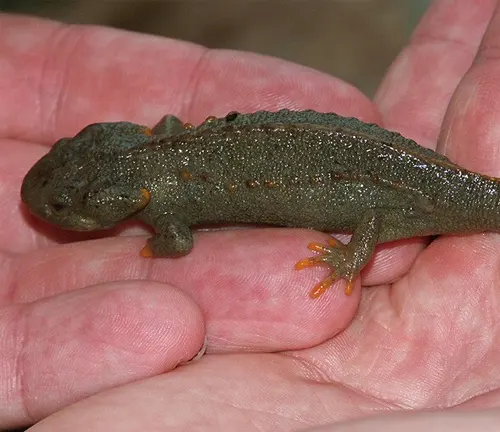
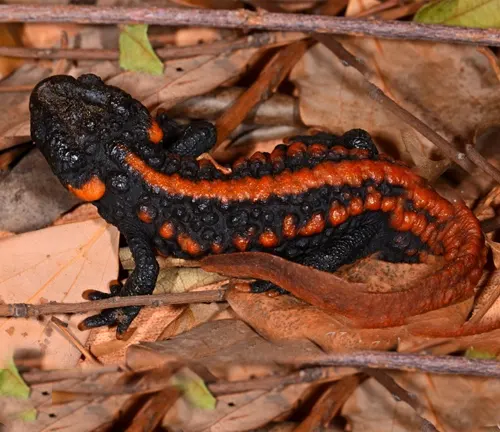
Tylototriton yangi – This species is known for its relatively small size and specific habitat preferences, often found in the limestone karst regions of China. It has a distinctive appearance with a combination of rough skin texture and a contrast of dark and light coloration.
Conclusion
Ziegler’s Crocodile Newt is a remarkable and vital part of its ecosystem, deserving of attention and conservation efforts. Through continued research and conservation initiatives, it is possible to secure a future for this fascinating amphibian, ensuring it remains a part of our world’s biodiversity. As we learn more about Tylototriton ziegleri, we not only gain insights into its biology and ecology but also underscore the importance of amphibians in our natural world.
Frequently Asked Questions (FAQs)
- What is Ziegler’s Crocodile Newt?
Ziegler’s Crocodile Newt is a species of salamander known for its distinctive appearance, including a rough, granular skin and vibrant coloration. - Where can Ziegler’s Crocodile Newt be found?
This species is native to northern Vietnam and possibly adjacent areas in China, where it inhabits cool, humid mountainous regions. - What does Ziegler’s Crocodile Newt eat?
It is carnivorous, feeding primarily on worms, insects, and other small invertebrates. - How does Ziegler’s Crocodile Newt reproduce?
Reproduction involves laying eggs in water during the rainy season. The eggs hatch into aquatic larvae, which eventually metamorphose into terrestrial adults. - Is Ziegler’s Crocodile Newt endangered?
The species is classified as Near Threatened due to habitat destruction, pollution, and collection for the pet trade. - How long can Ziegler’s Crocodile Newt live?
In the wild, they can live up to 10-20 years, depending on environmental conditions. - How big does Ziegler’s Crocodile Newt get?
Adults can reach lengths of up to 20 centimeters, making them one of the larger newt species. - Can Ziegler’s Crocodile Newt be kept as a pet?
While it is possible, keeping them as pets requires specific conditions to mimic their natural habitat, and there are conservation concerns regarding their collection from the wild. - What are the main threats to Ziegler’s Crocodile Newt?
Habitat loss, pollution, and the illegal pet trade pose significant threats to their survival. - What conservation efforts are in place for Ziegler’s Crocodile Newt?
Conservation efforts include habitat protection, research on population status, and regulation of trade to ensure their survival.



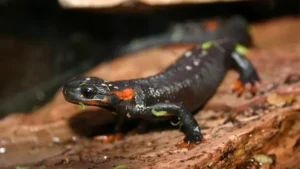

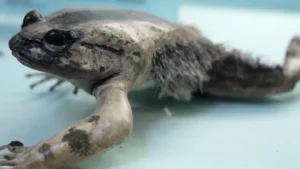
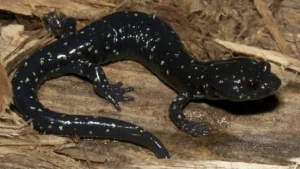


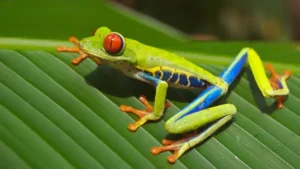

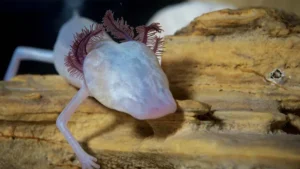
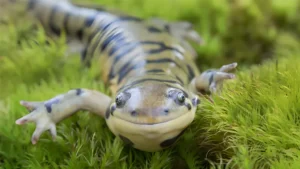
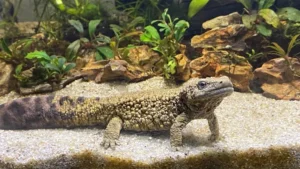
Leave your comment